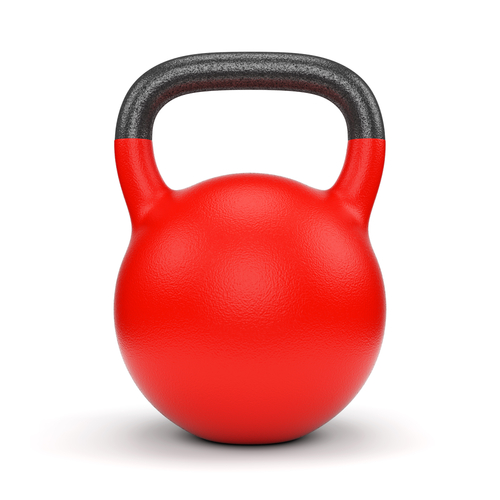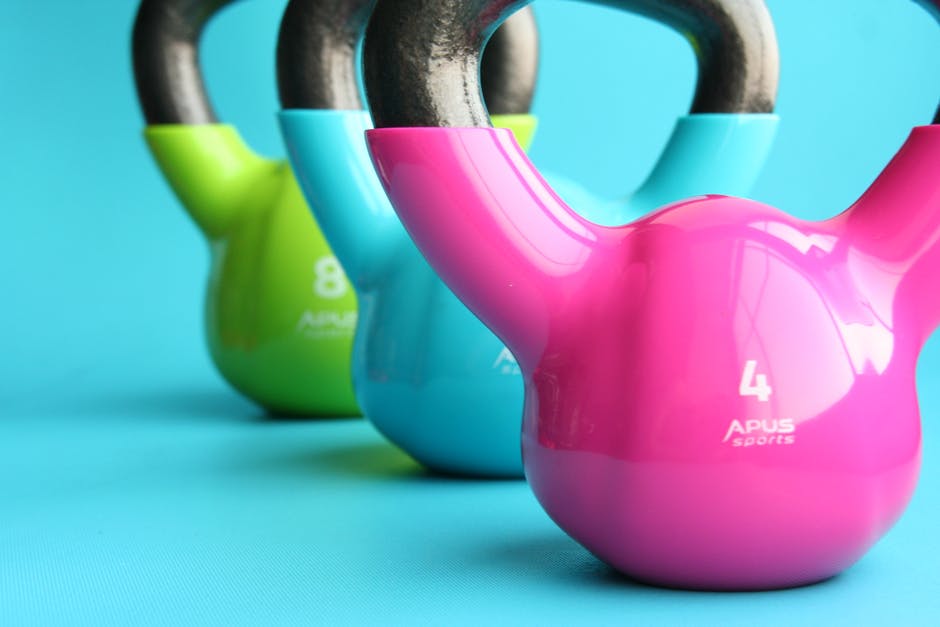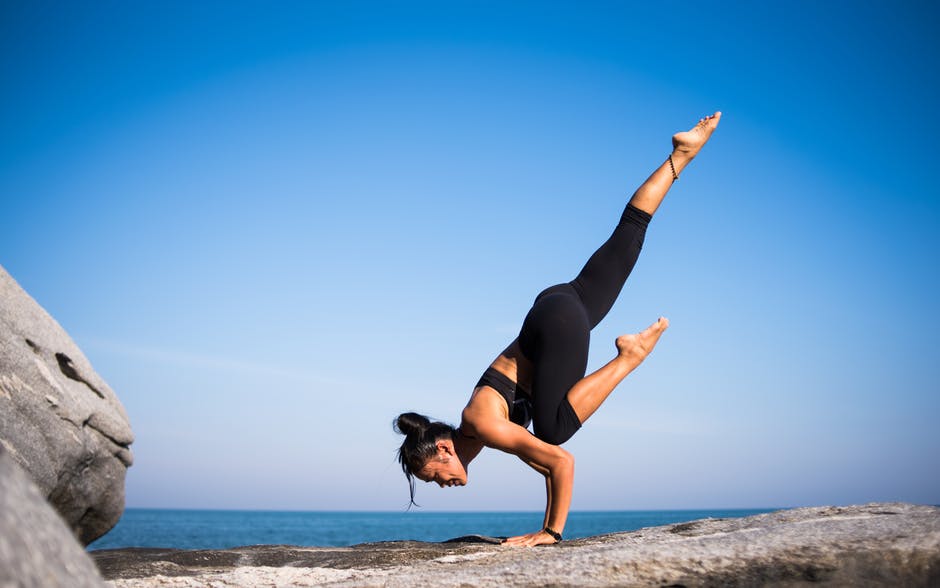Dance Talk
Our dance season never ends. Learn dance tips from the best.
Benefits Of Strength Training For Dancers


When it comes to strength training, many dancers avoid it like the plague. They'e afraid it will make them bulky and they therefore won't be able to fit into their ballet leotards or dance recital costumes.
And yet, strength training can help you enormously in your dance performances, as well as to get more out of your dance rehearsals. Just think about how much you're jumping, twisting, lifting or holding certain positions, and you'll quickly see how critically important strength training is to your on-stage and in-studio abilities.
So what are some of the myths about strength training and what's the real truth behind them? Here's a look at three of the biggest ones:
Myth #1: It will make you too big in your ballet leotards.
You want to be nimble and flexible, but at the same time powerful. Strength training can help you to achieve both and it won't make you bulky if you take the right approach. For instance, if you only strength train a couple days of week, you'll be able to build up your muscle without adding any bulk.
Myth #2: It doesn't work the right muscles.
If you're repetitively only working out certain muscles, it's eventually going to lead to imbalances in your body. But with strength training, you can correct those imbalances, as well as boost your overall strength and endurance in the process.
Myth #3: It will impact flexibility.
Strength training actually doesn't impact your flexibility in a negative way. In fact, it can improve it. You just have to make sure you're doing it safely. That's why it can often be best to work out under the guidance of a skilled trainer or a physical therapist.
In addition to the benefits above, there are also a host of other reasons dancers should consider strength training, including the following:
Helps to prevent injuries.
As a dancer, you know you get your body to move in ways that defy logic and amaze audiences. But all that joint super-flexibility is hard on your body and can also open it up to injury.
If, however, you add strength training to your workout mix, you can actually help to limit your risk for injury. For instance, with strength training, you're dramatically improving the strength of not only your muscles, but also your tendons and ligaments, too. This helps to keep your body in the right alignment, protecting bones and joints during the impact of a performance or rehearsal.
Improves core strength.

Dancers tend to focus a lot on the lower halves of their bodies. And it's no wonder. The legs, ankles and feet are at the center of what you do. However, by also focusing on strength training for the core including the spine, trunk and pelvis, you can allow for more powerful movements in your dance. Likewise, when these core muscles are strong, they can also help to prevent injury, particularly in the back.
Allows for more commanding movements.
When you're on the stage, you want your moves to be explosive, not tired and weak. Strength training is one way to get there. With it, you can overcome issues with fatigue and boost your endurance. This is especially important if you have a long or particularly rigorous performance coming up. It can also help you with your lifts and balance too, so you can better execute your moves and deliver a dazzling performance to audiences.
Now that you know the many ways your dance body can benefit from strength training, where should you focus your efforts?
One type of strength training that you don't even need any equipment for is isometric exercises. This type of exercise is often referred to as "static strength training" which involves holding your body in certain positions and supporting your weight for a period of time in order to build up strength.
You're not moving much, but you're in a fixed position that requires you to balance yourself and your body weight to strengthen your muscles. For instance, the plank is a classic isometric exercise that focuses on your core. With it, you're essentially holding yourself in push-up position for the maximum amount of time possible.
You can also use weights to strength. When you are, though, focus on low- to medium-resistance weight training with high repetition. This type of strength training has been shown to improve endurance, precision and overall technique, all without bulking up. That way you don't have to worry about fitting into your ballet leotards or your dance recital costumes. If, however, you want to build strength significantly, then instead focus on less repetitions with heavier weights.
The bottom line is that dancers shouldn't shy away from strength training out of fear they will get bulky or that it will impact flexibility. Whether you want to increase the endurance of your muscles or the strength of them, strength training offers many benefits that can help you to dance better and prevent injuries.

Follow Us
Follow Us online, join our conversations, engage with our teams around the world!